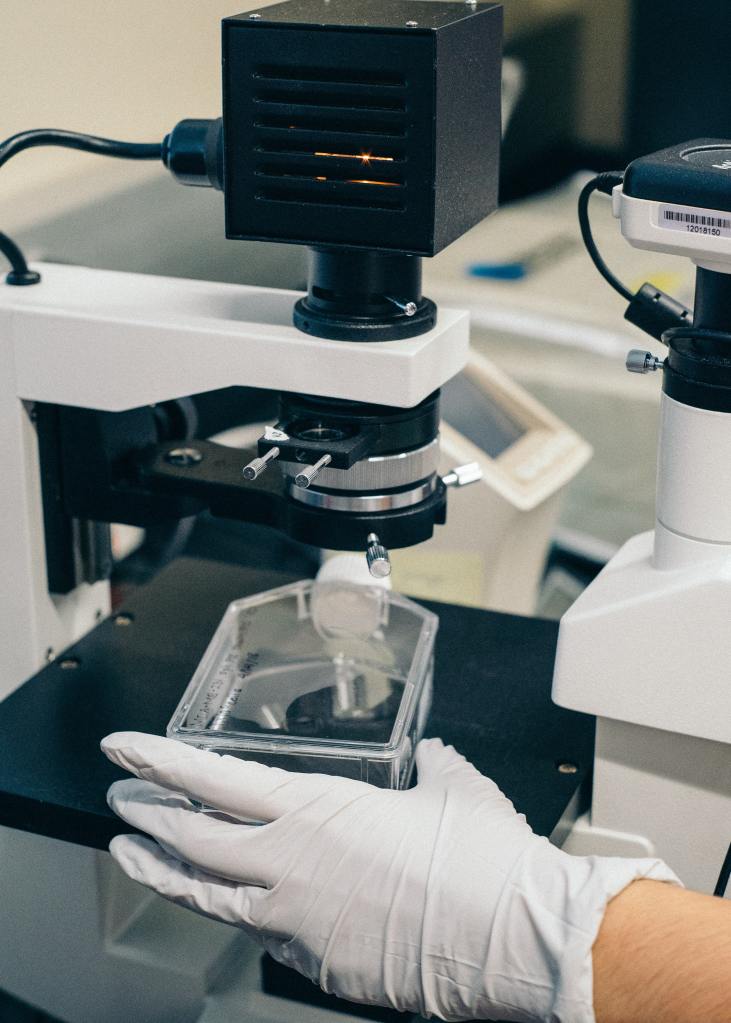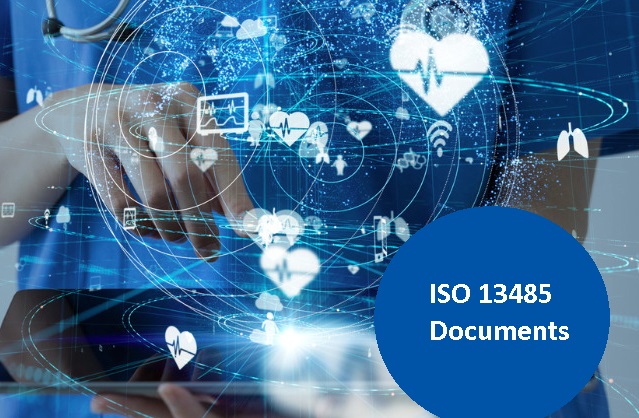ISO 13485 is the international standard that outlines the requirements of the Quality Management System (QMS) for medical devices. Developing and deploying a QMS that meets the requirements of this standard is essential for commercializing your medical device in many important global markets.
ISO 13485 was revised in 2016 with a heavy emphasis on risk and planning. The word risk appears twice as often in this research as in previous versions! Risk and risk management are now clearly defined and a risk-based approach is required to control appropriate processes in QMS. A good understanding of these requirements is required to ensure that your QMS compliance continues.
It is important to note that the requirement for a risk-based approach now appears very early in the standard, starting at the top-level general requirements for a QMS.
It all starts with your organization’s role in the lifecycle of the medical device, and the processes you identify and apply to your QMS control of these processes to achieve the desired results are now expected to be risk-based. Simply put, high-risk processes are expected to have a higher level of control than low-risk processes. This high-level requirement then flows down to specific requirements under various clauses relating to employees, suppliers, verification of externally supplied products / services and validation / re-validation of software.
These newly added requirements can be difficult to interpret and implement. The following questions, and the accompanying discussion, are intended to help you evaluate the need for additional improvement actions in your QMS.
Learn more about Risk Implementer for ISO Standards and how to find an ISO 13485 expert, please visit at www.punyamacademy.com





